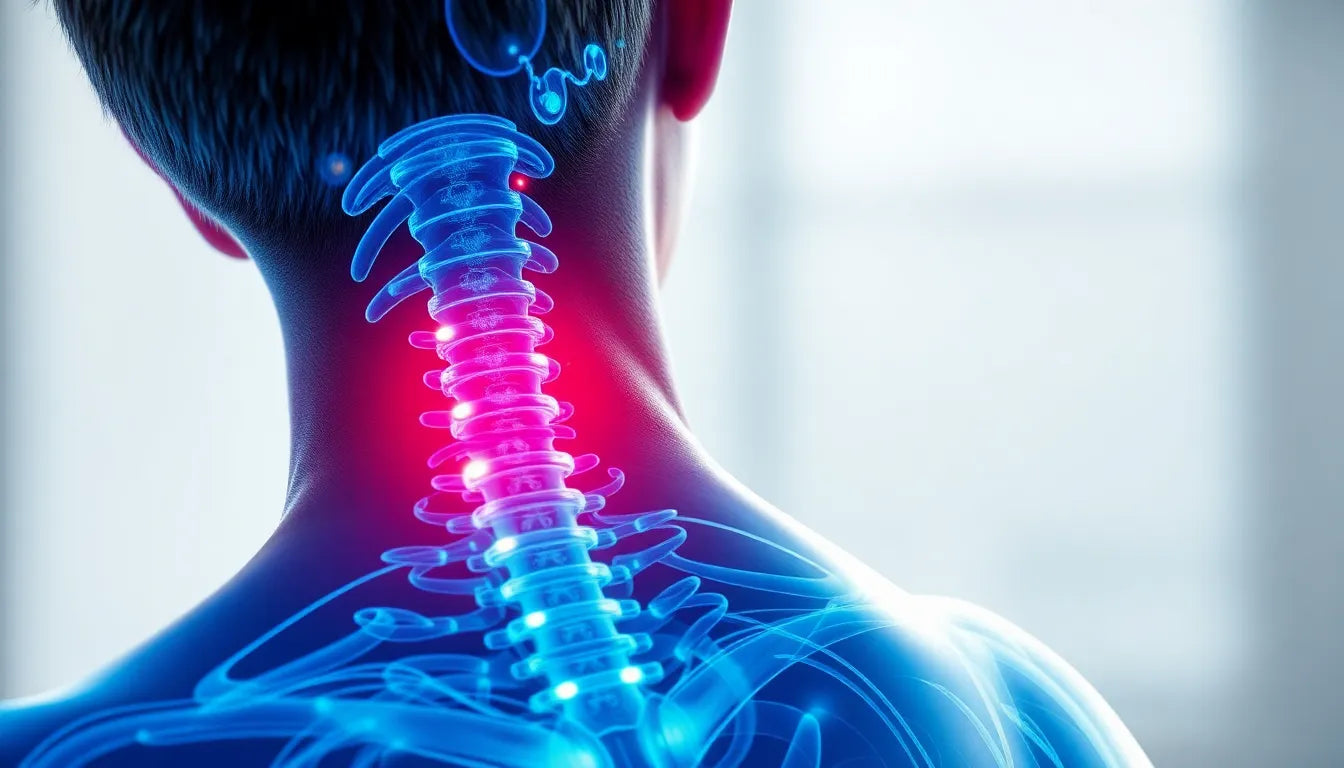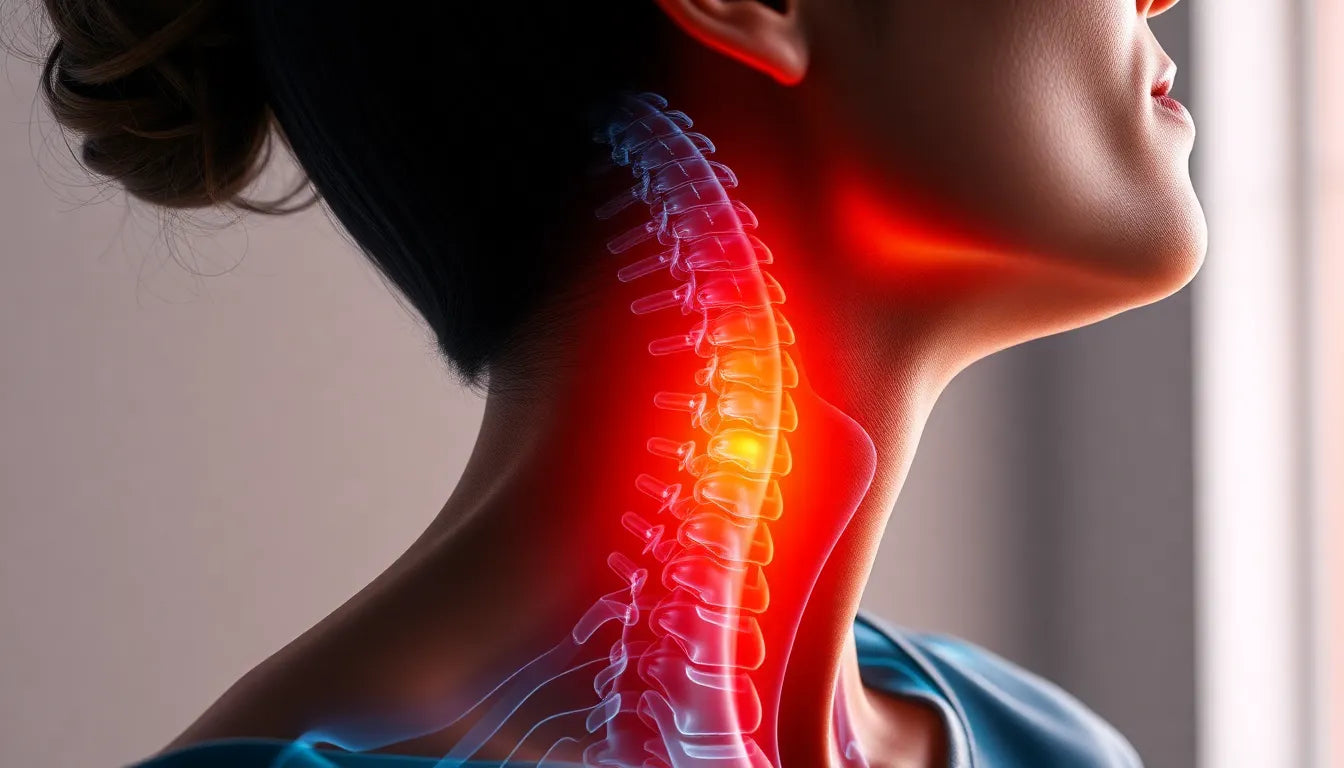Osteoarthritis (OA) is a pervasive joint disorder that affects millions of individuals worldwide, posing a significant challenge to those who suffer from it. As the most common form of arthritis, OA is often associated with the natural aging process, with its prevalence increasing as people grow older. This degenerative condition can severely impact one's quality of life, leading to chronic pain, decreased mobility, and a host of other complications that make everyday activities increasingly difficult.
understanding osteoarthritis
Osteoarthritis is characterized by the gradual breakdown of cartilage, the smooth, protective tissue at the ends of bones that facilitates joint movement. Over time, this deterioration can lead to changes in the underlying bone structure, causing pain, stiffness, and reduced mobility in the affected joints. Common symptoms include joint pain during or after movement, tenderness, stiffness, loss of flexibility, and a grating sensation when using the joint. As the disease progresses, these symptoms can become more pronounced, significantly affecting one's ability to perform daily tasks.
the purpose of exploring OA causes
This blog post seeks to delve into the complex and multifaceted reasons why osteoarthritis develops. While age is a well-known factor, the onset of OA is influenced by a combination of genetic, environmental, and lifestyle factors. Our exploration will combine traditional beliefs with cutting-edge scientific insights to provide a comprehensive understanding of why this condition strikes. By unraveling these mysteries, we hope to shed light on the various risk factors and offer guidance on how to potentially mitigate them, thereby improving the quality of life for those at risk or already living with OA.
age and osteoarthritis: the inevitable connection
As we age, our bodies undergo various changes, many of which can contribute to the development of osteoarthritis. Age is one of the most significant risk factors for OA, with symptoms typically emerging after the age of 50. This is largely due to the biological mechanisms at play as we grow older. Over time, the cartilage that cushions our joints begins to wear down, and the resilience of our joints decreases. This natural wear and tear makes older adults more susceptible to the degenerative effects of OA, leading to the pain and stiffness characteristic of the disease.
genetics and family history: the inherited risk
Genetics also play a crucial role in the development of osteoarthritis. Studies have shown that a family history of OA can significantly increase an individual's risk of developing the condition. Certain gene mutations have been linked to a higher likelihood of OA, suggesting that our genetic makeup can predispose us to this joint disorder. While we cannot change our genetic inheritance, understanding this risk factor can help individuals take preventive measures and seek early intervention if symptoms arise.
obesity and weight: the burden on joints
Carrying excess body weight is another major factor contributing to the onset of osteoarthritis. Obesity places additional stress on weight-bearing joints, such as the knees and hips, accelerating the breakdown of cartilage. Research indicates that even a modest weight loss can significantly reduce the risk of knee OA. For instance, losing just 5 kilograms can lead to a 10% reduction in the risk of developing knee osteoarthritis. This highlights the importance of maintaining a healthy weight to alleviate joint stress and reduce the likelihood of OA.
joint injuries and overuse: the impact of past trauma
Joint injuries and repetitive stress from certain occupations or sports can also lead to osteoarthritis. Past injuries, such as fractures or ligament tears, can alter the mechanics of a joint, making it more prone to degenerative changes. Similarly, repetitive movements and overuse of specific joints in high-risk activities or professions can contribute to the development of OA. For example, athletes, construction workers, and those in physically demanding jobs may face a higher risk due to the constant strain on their joints.
gender differences: why women are more at risk
Interestingly, gender also plays a role in osteoarthritis risk, with women generally being more susceptible than men. This increased risk in females may be attributed to hormonal differences and anatomical variations. For instance, hormonal changes during menopause can affect joint health, while certain anatomical features may predispose women to joint degeneration. Understanding these gender-specific risks can inform targeted prevention and management strategies for OA.
other contributing factors: beyond the obvious
Several other factors can contribute to the development of osteoarthritis. Anatomical deformities and weak muscles can alter joint mechanics, increasing the likelihood of OA. Additionally, metabolic diseases such as diabetes have been linked to OA, with inflammation playing a significant role in this association. Environmental and lifestyle factors, including occupational hazards, poor diet, and smoking, can also increase the risk of developing osteoarthritis. By addressing these modifiable risks, individuals can take proactive steps to protect their joint health and potentially delay the onset of OA.
In the next section, we will delve further into the interplay between biological and behavioral causes of osteoarthritis, explore emerging trends in OA research, and provide practical insights for managing OA risks.
interplay of biological and behavioral causes of osteoarthritis
The development of osteoarthritis (OA) is not solely dictated by biological predispositions; lifestyle choices and environmental factors play a significant role in influencing OA risk. Diet, physical activity, and occupational hazards can either exacerbate or mitigate the likelihood of developing this joint disorder. For instance, a diet rich in anti-inflammatory foods and regular low-impact exercises can help maintain joint health, whereas sedentary lifestyles or jobs that require repetitive joint movements can increase risk. Understanding these interactions is crucial, as they highlight the importance of modifiable behaviors in managing or reducing OA risk.

Women's Posture Shirt™ - Black
Improves posture, relieves pain, and activates muscles. For daily support, work or leisure.

Men's Posture Shirt™ - Black
Posture-correcting shirt that activates muscles and relieves neck, shoulder, and back pain.
emerging trends in osteoarthritis research
Recent research has shifted the narrative around osteoarthritis from being a condition solely associated with aging to one significantly influenced by lifestyle and metabolic health. Inflammation, particularly related to fat tissue, has emerged as a critical factor in OA development. Studies indicate that metabolic diseases like diabetes can exacerbate joint degeneration due to chronic inflammation. This evolving understanding underscores the need for a holistic approach to OA prevention and management, focusing not just on age-related changes but also on maintaining overall metabolic health.
practical insights for managing osteoarthritis risks
Managing osteoarthritis risks involves a combination of weight management, injury prevention, and selecting appropriate physical activities. Maintaining a healthy weight reduces stress on joints, particularly the knees and hips, which are most affected by excess body weight. Engaging in regular low-impact exercises like swimming or cycling can strengthen muscles around the joints and improve flexibility without causing additional stress. Additionally, ergonomic aids and workplace modifications, such as using supportive footwear or adjusting workstations, can help reduce joint stress and prevent injury. These practical measures can significantly contribute to maintaining joint health and delaying the onset of OA.
frequently asked questions
what is the primary cause of osteoarthritis?
Osteoarthritis is caused by a combination of factors including age, genetics, obesity, joint injuries, and lifestyle choices such as diet and physical activity.
can osteoarthritis be prevented?
While genetic predispositions cannot be altered, maintaining a healthy weight, avoiding joint injuries, and staying physically active can help reduce the risk of developing osteoarthritis.
is osteoarthritis more common in women?
Yes, women are generally at a higher risk of developing osteoarthritis compared to men, possibly due to hormonal influences and anatomical differences.
how does obesity contribute to osteoarthritis?
Excess body weight increases the stress on weight-bearing joints, particularly the knees and hips, accelerating the breakdown of cartilage and increasing the risk of osteoarthritis.
are there any new treatments for osteoarthritis?
While there is currently no cure for osteoarthritis, ongoing research is exploring new therapies that focus on reducing inflammation and improving metabolic health to manage symptoms more effectively.
what lifestyle changes can help manage osteoarthritis?
Adopting a healthy lifestyle that includes weight management, regular low-impact exercise, and ergonomic adjustments can help manage osteoarthritis symptoms and improve joint health.
Källor
- Arthritis Foundation. "Osteoarthritis."
- Johnson, V.L., & Hunter, D.J. (2014). "The epidemiology of osteoarthritis." Best Practice & Research Clinical Rheumatology.
- Mayo Clinic. "Osteoarthritis: Symptoms and Causes."
- Litwic, A., Edwards, M.H., Dennison, E.M., & Cooper, C. (2013). "Epidemiology and burden of osteoarthritis." British Medical Bulletin.
- Healthline. "Common Causes of Osteoarthritis."
- Felson, D.T. (2000). "The Epidemiology of Osteoarthritis: Prevalence and Risk Factors." Annals of Internal Medicine.
- Penn Medicine. "Osteoarthritis."
- Cleveland Clinic. "Osteoarthritis."
- NHS. "Osteoarthritis."
- World Health Organization. "Osteoarthritis."
- MedlinePlus. "Osteoarthritis."
- YouTube. "Understanding Osteoarthritis."


















